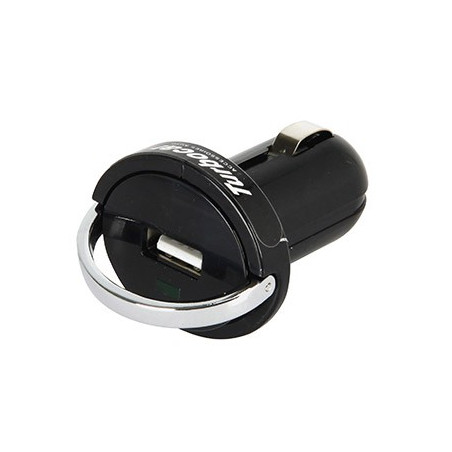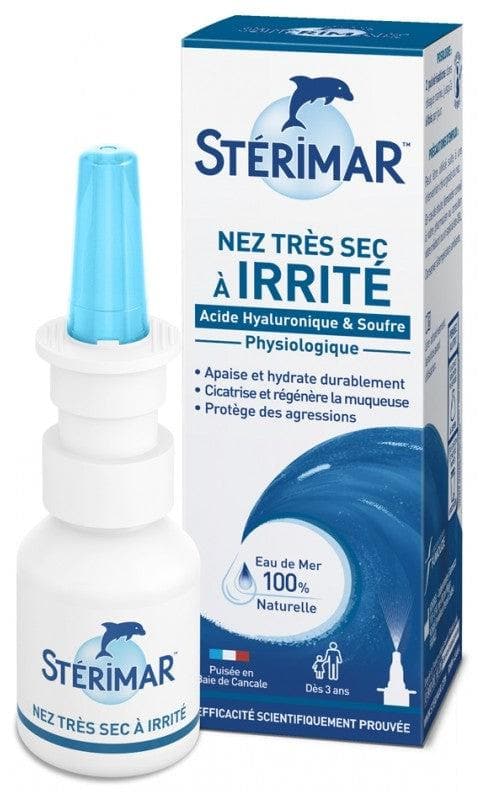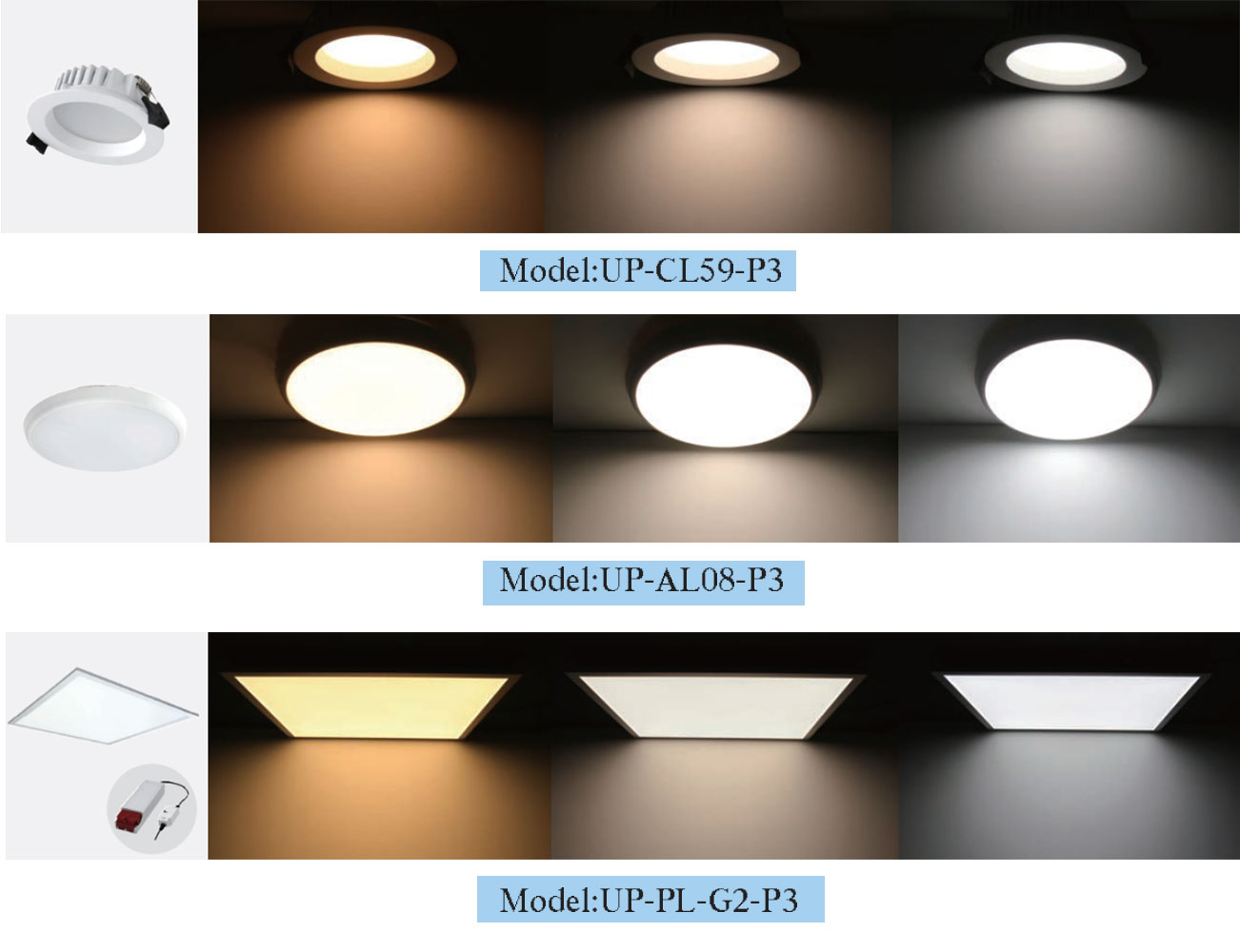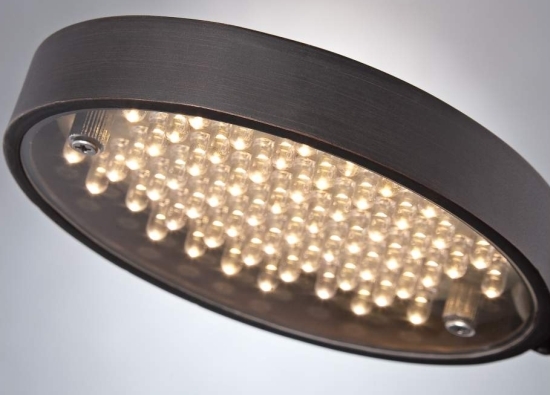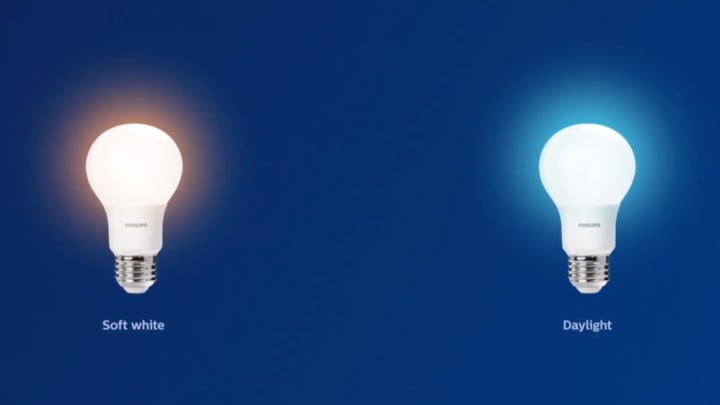Soft white and other LED color temperatures
4.7 (128) · € 16.00 · En Stock
LED bulbs offer light in a range of color temperatures, it’s what makes light feel ‘warm’ or ‘cool’. A lower color temperature produces a warmer, more relaxing light. A higher color temperature emits a cooler, more refreshing light.
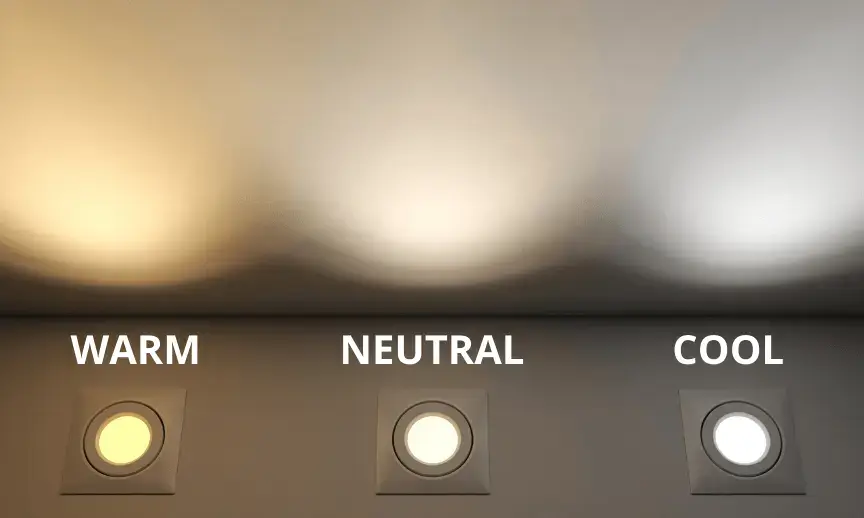
Soft White vs. Bright White vs. Daylight Bulbs
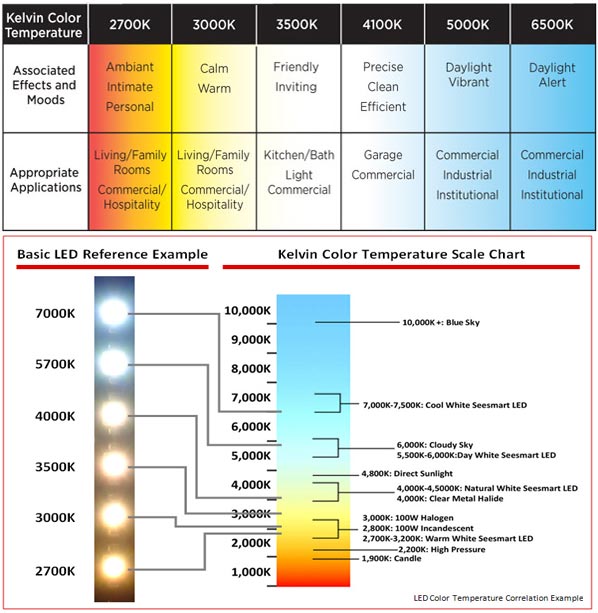
The Difference Between LED Color Temperatures - LED Spot
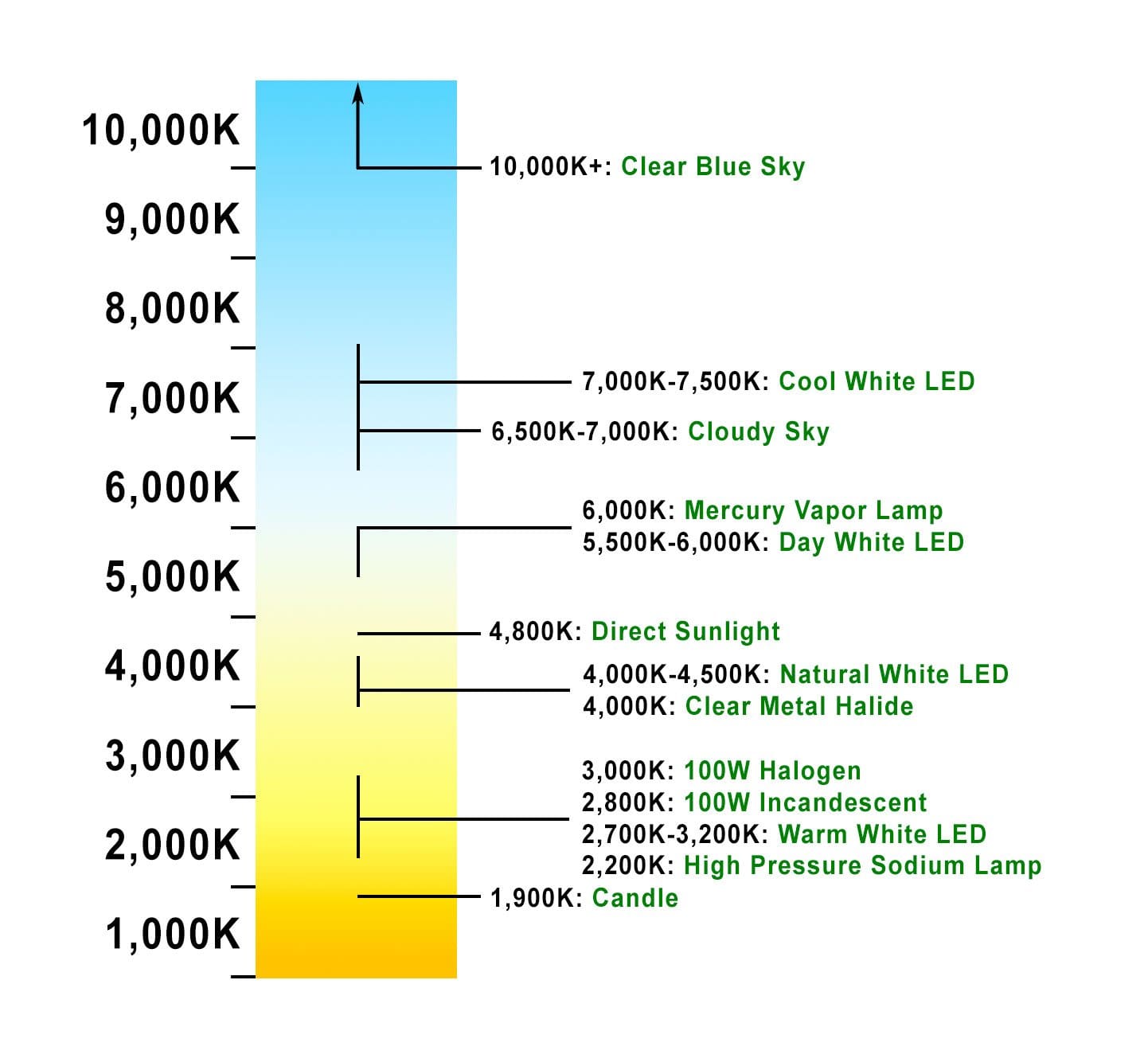
Choosing the Best Color Temperature - EmeryAllen, LLC
The Philips 100-Watt equivalent A19 LED bulb is specifically designed to light your home with a frosted, a-shaped glass bulbs. Enjoy comfortable natural like light with familiar shapes you know and love. These frosted glass LED bulbs use significantly less energy than traditional incandescent light bulbs. This frosted glass bulb has a medium (E26) base.
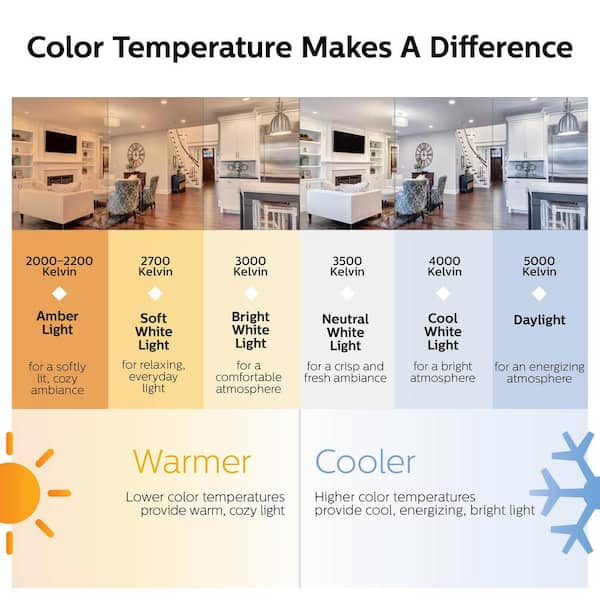
Philips A19 Medium LED Light Bulb
Sunlite's LED filament clear chandelier bulb combines vintage elegance with the latest in LED technology. Its beautiful flame tip design will complete any chandelier, wall sconce or ornamental lights. It features a warm white color and a dimmable capability that will set the perfect mood for your dining room, living room, hallway or foyer. It has a brightness of 250 Lumens and an astonishing 15000 hour lamp life while using only a fraction of the energy of its 25-Watt incandescent replacement.

Sunlite 25-Watt Equivalent G16 Clear Filament Dimmable E26 Medium Base LED Light Bulb in Warm White 2700K (6-pack)

LED Colour Temperatures And How To Choose The Best Ones – LED Hut
Warm white LED and daylight LED

TCP 9W LED Light Bulbs (60 Watt Equivalent), A19 - E26, Medium
Stop. Are you looking for a high output indoor our outdoor LED flood light? Well go no further because you just found a quality bulb priced to move! This Flood light LED can be used in all residential, commercial and retail locations.

Zenaro PAR38 Retrofit LED Lamp, 16 Watts, Soft White, 25 Degree Beam Angle

Let's Talk Color Temperature

LED Color Temperature Chart With Real World Examples
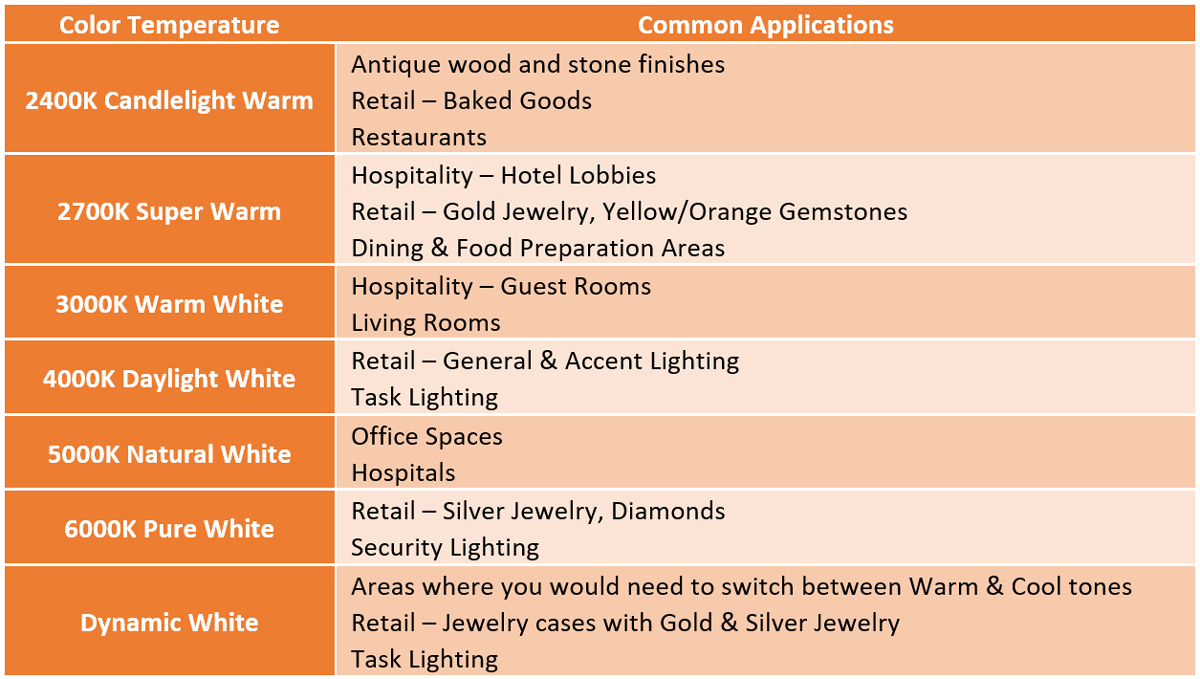
How To: Importance of CCT (Correlated Color Temperature)
